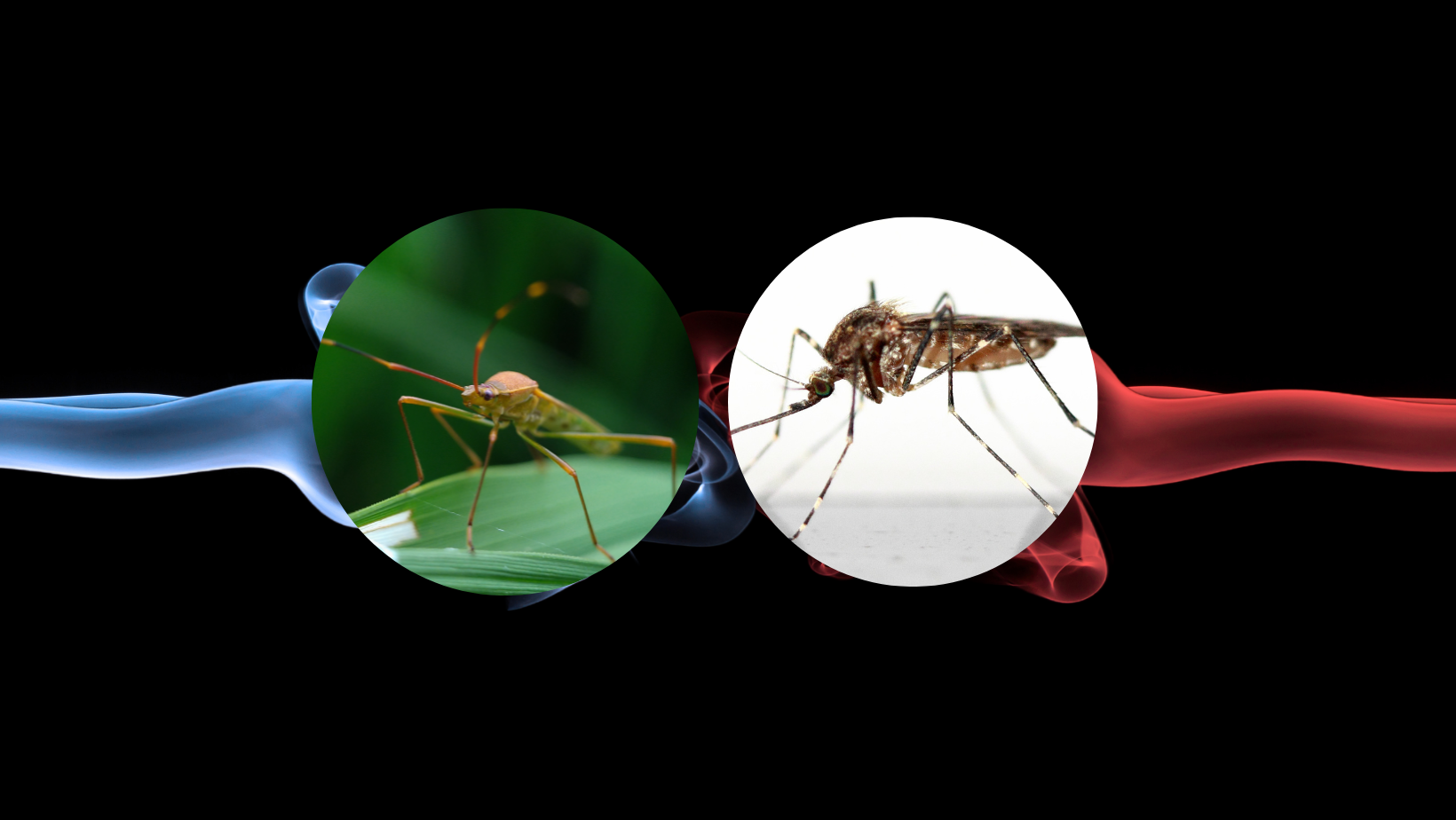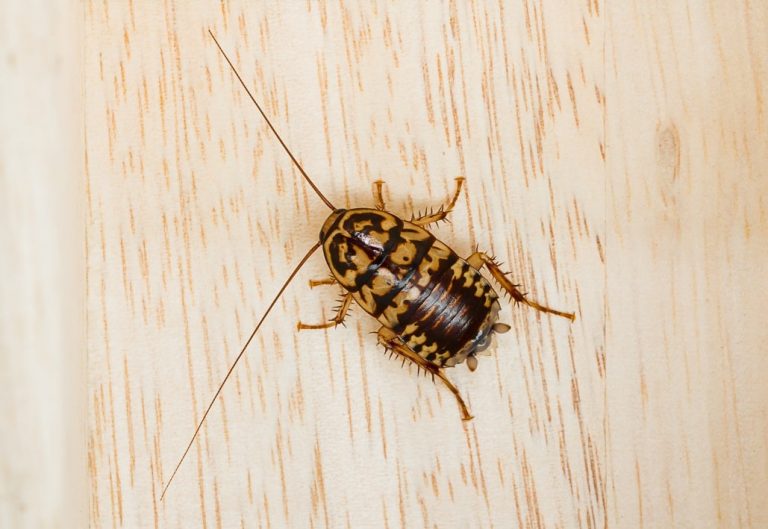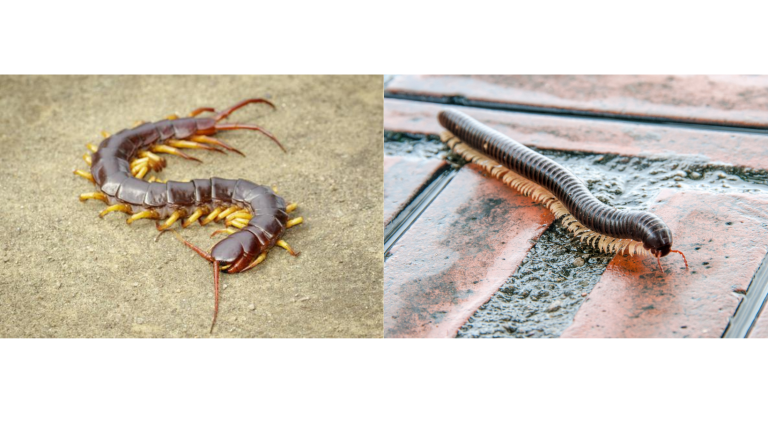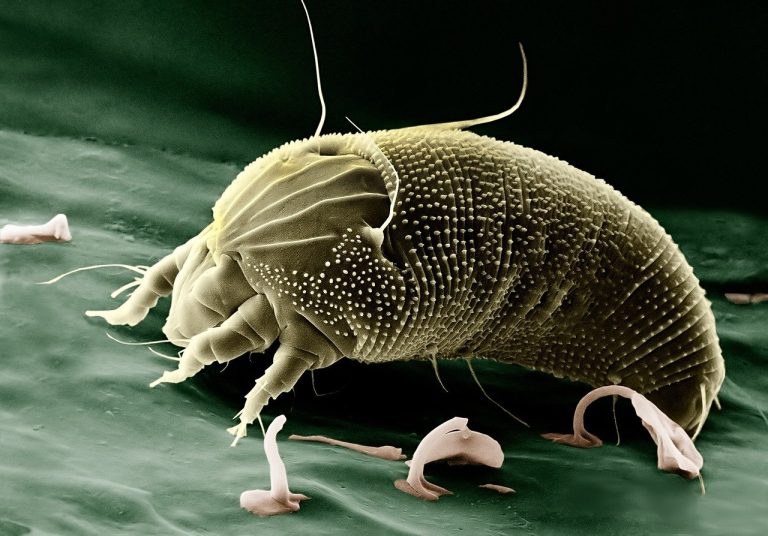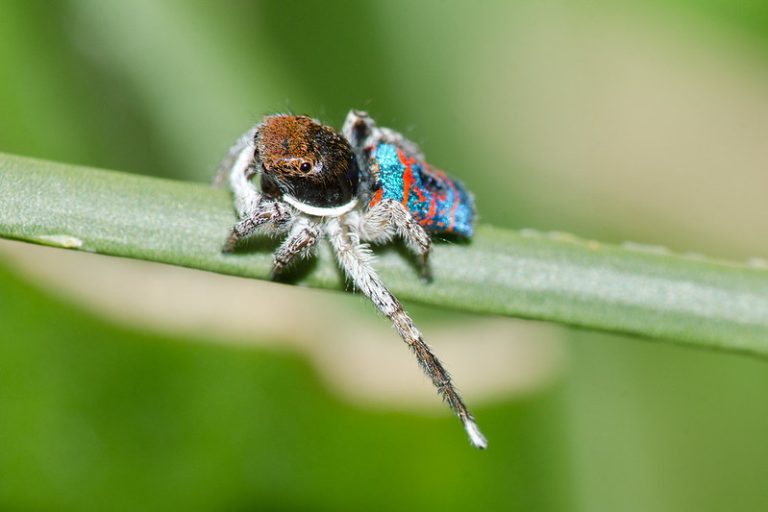Gnats vs Mosquitoes What’s the difference?
Are you experiencing an invasion of your home or yard with tiny, flying bugs? These bugs are indeed troublesome, and some can cause infections and illness to you and your family.
However, gnats and mosquitoes are the many different types of flying pests that can be found. Therefore, it is crucial to determine what bug you are dealing with before starting treatment.
Gnats vs. Mosquitoes:
You either have a mosquito or a gnat infestation. While these bugs may appear to be relatively similar, their eating habits and bites are extremely distinct.
To compare mosquitoes with gnats to find out which one you have a problem with? Because they are in the same suborder, gnats and mosquitoes appear alike. As a result, many people make erroneous identity changes occasionally.
However, gnats are not as harmful as mosquitoes. Thus, they often have a negative image, even though they mostly consume plants and fungi. It’s common to misjudge a gnat as a mosquito.
Therefore, when it concerns mosquitoes vs. gnats, you should be aware of the distinction.
Identification of Gnats:
A gnat is a little flying bug, such as fungus gnats, black or buffalo gnats, or fruit flies. Certain species of gnats may be drawn to decomposing food. Depending on your situation, this could be overripe fruit on the counter, leftover food in the trash, or garbage disposal waste.
Other gnats are drawn to places of excess moisture, such as the soil of overwatered potted plants. If you notice a swarm of gnats surrounding your houseplants, you may have an infestation of fungus gnats.
Identification of Mosquitoes:
Mosquitoes are typically larger—approximately a quarter of an inch in length—although some species can be smaller. In the United States, there are around 200 species of mosquitoes. While species vary, all mosquitoes have two wings, six legs, and a long tubular mouthpart known as a proboscis.
Mosquitoes are also attracted to water, but they prefer standing or stagnant pools.
Mosquitoes lay eggs in water, so removing the standing water from your home and pond is important. Mosquito breeding grounds include:
- Flowers, vases, or pots
- Cisterns, rain buckets, or water tanks;
- Buckets, pots, waste bins, and overturned toys;
- Folding in tarps or flat porches;
- Birdbaths or other lawn ornaments
- Pools, and hot tubs that are not properly maintained
These pests are particularly active in the summer months. On the other hand, certain varieties of mosquitoes can hibernate over the colder months and reappear in the spring. In addition, many types of mosquito eggs can survive during winter and spring as the weather becomes warmer.
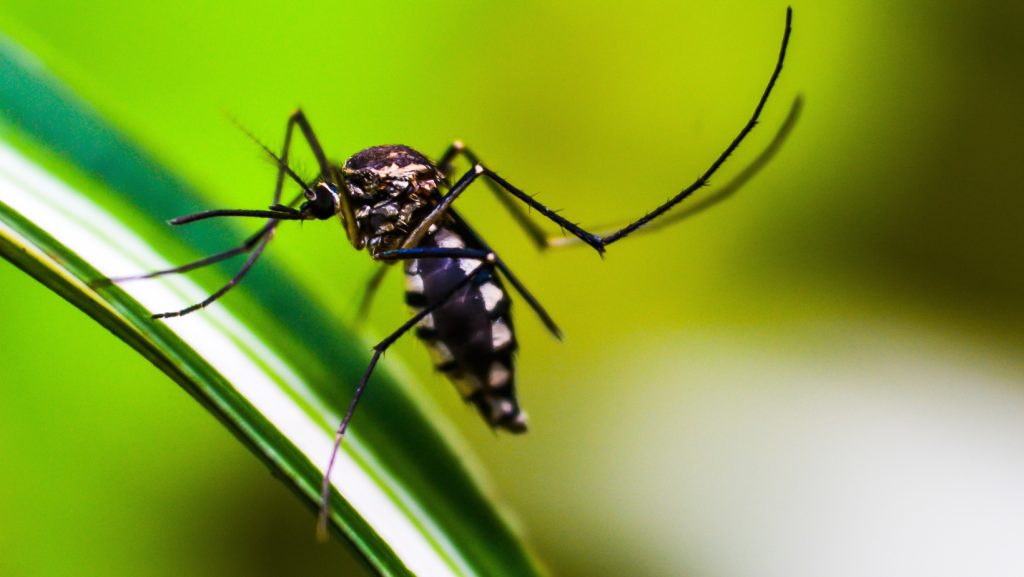
Distinctions in Appearance:
Mosquitoes and gnats have different body parts that make them distinct.
Mosquitoes are easily recognizable by their stripes. Whether brown or black, most of them have those distinctive stripes on their belly, legs, and wings.
Their bodies are elongated with a feather-like antenna. A few short hairs protrude from the tips of their antennae. In addition, mosquitoes have long, teardrop-shaped wings. The wing compresses its body structure.
The appearance of a gnat varies with its species. Some resemble mosquitoes, while others are distinct. Generally, a gnat is smaller than a mosquito in terms of size.
Other types of gnats resemble ant swarmers. They have circular abdomens, spherical heads, and wings, which distinguish them from disease-carrying bugs.
Mosquitoes have a life span of 30 – 40 days, whereas Gnats have 4 – 5 weeks.
Distinctions in Behavior:
While gnats and mosquitoes consume different foods, they also exhibit certain behavioral differences. For example, when they settle on an object, how do they place themselves? These are all important details to know.
Like most other bugs, Gnats keep their bodies horizontal to the surface on which they are resting.
However, mosquitoes behave differently. They lift their bodies with their tails in the air, a particular activity that you can observe up close if one settles on your body.
Another behavior change is visible during the mating process—Gnats mate in vast groups, referred to as ghosts. The fertile gnats behave similarly to termite swarmers and perform a kind of mating dance to reproduce.
When it comes to mosquitoes, they prefer to do business with only single males and females.
Distinctive Feeding Habits:
If you can’t see the difference between these bugs and their appearance, you may always check what they consume.
Male mosquitoes feed on plant sap, nectar, honeydew, and fruit, whereas females feed on human blood. Female mosquitoes track to find blood sources and bite hosts using their antennae, maxillary palpus, and complex eyes. These physical parts help them locate warm-blooded hosts even in total darkness.
There are also many feeding schedules for mosquitoes. For example, certain species hunt for food during the daytime, whereas others search only at night.
Gnats, on the other hand, consume a variety of different items. They feed on vegetation and other insects. Some larvae are embedded in a host plant and feed on roots, stems, and leaf galls, whereas others exist on mushrooms and potted plant root systems.
Blood is an uncommon delicacy on the gnat’s menu. That is because only a few species feed on it.
Specifically, the black fly is a unique type of insect that feeds on the blood of animals and humans. And they also transmit diseases exactly like mosquitoes.
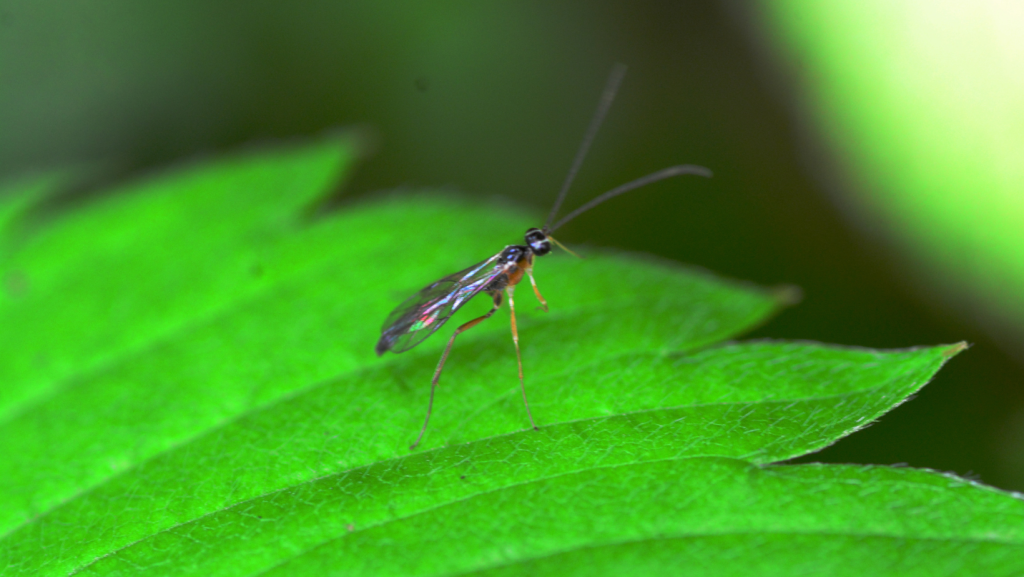
Distinctions in Bites:
The bites of mosquitoes generate extremely uncomfortable flat welts, which fade away within a few minutes, becoming flatter and larger until they no longer itch at all. Nevertheless, they are annoyances, and the majority of people want to avoid them biting.
When it comes to gnats, the most common biters are buffalo gnats or black flies. They leave red and little bumps on the skin that look like bed bug bites.
Additionally, these insects occasionally leave significantly larger and darker blood-clotted bumps that appear to have been pierced by something sharp.
That is because gnats carefully slice it apart with their microscopic cutters rather than inject their straw-like mouths into the skin. They then feed on the blood that has been drawn from the wound. It results in a more severe blood loss and discomfort than a mosquito bite.
These are the major distinctions between gnats and mosquitoes. Please note that the majority of gnats are harmless.
If you’re facing problems with these pests, it’s critical to first distinguish them, as controlling gnats can be quite different than controlling mosquitoes. Gnats are easier to get rid of since they originate from visible sources like dirty drains or rotten fruit.

